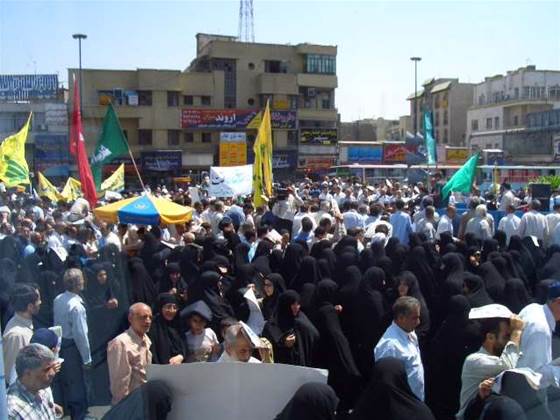Supporters of reformist candidate Mir Hossein Mousavi have taken to the streets in massive numbers to protest the re-election of president Mahmoud Ahmadinejad amidst widespread allegations of fraud and tampering with election results.

While protestors take to the streets, both sides of the election are believed to be taking the fight to the web with hack attacks.
A number of users have utilised micro blogging service Twitter and other blogs to direct users to a number of sites and tools which are being used to cause distributed denial-of-service (DDoS) attacks against government web sites.
The Iranian government and its supporters are also said to be taking to the web. A number of sites reporting news of the protests, including that of The Atlantic magazine writer Andrew Sullivan, are said to be the target of denial-of-service attacks themselves.
The use of web attacks to coincide with physical conflicts has become more common in recent years. Hackers in Russia and Eastern Europe have been particularly active on the web in such conflicts as those in Georgia and Estonia.
The attacks primarily target government infrastructure sites and news sites as a way to cut off the opponents' ability to communicate over the web.
In 2007, government officials in Burma opted to cut all internet access in the country in an effort to prevent the posting of videos and photos of violent clashes amidst a series of pro-democracy protests.

.png&h=140&w=231&c=1&s=0)


_(22).jpg&h=140&w=231&c=1&s=0)





 iTnews Executive Retreat - Security Leaders Edition
iTnews Executive Retreat - Security Leaders Edition











_(1).jpg&h=140&w=231&c=1&s=0)



